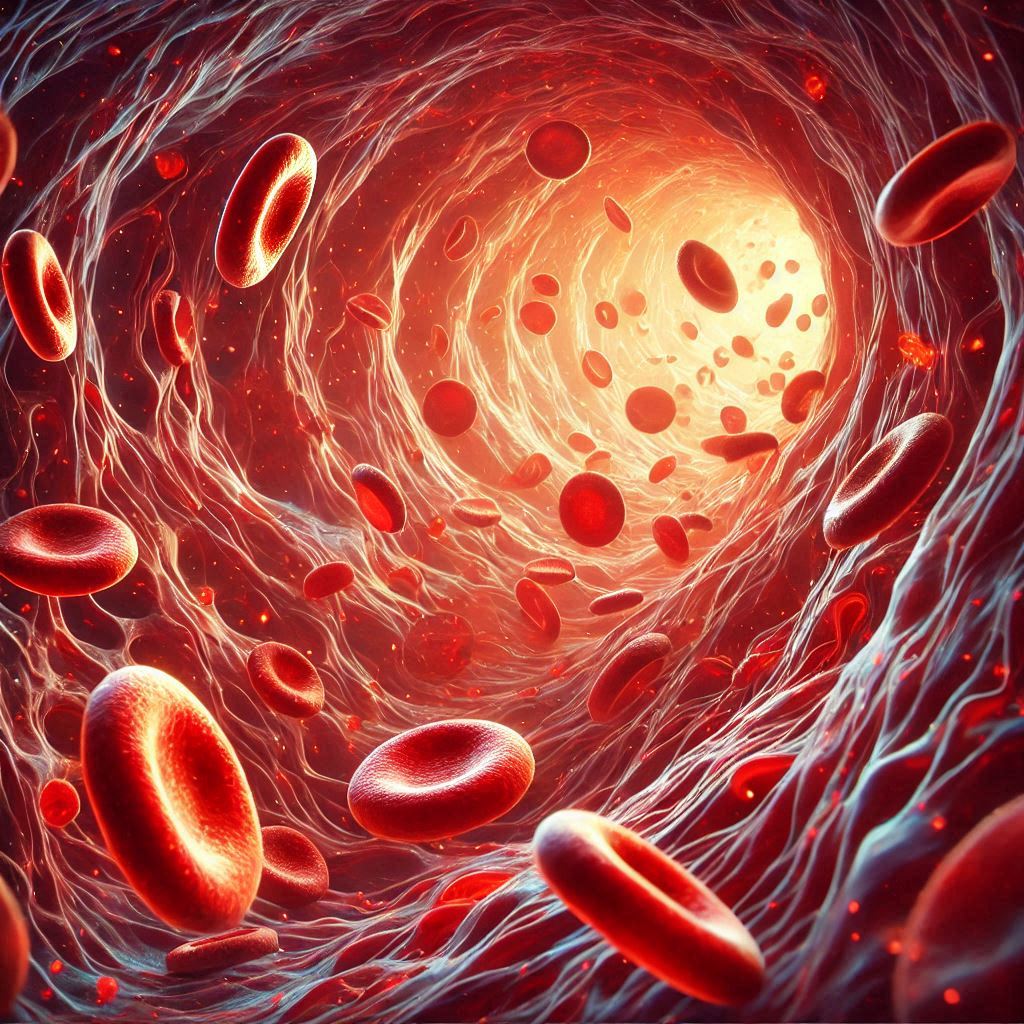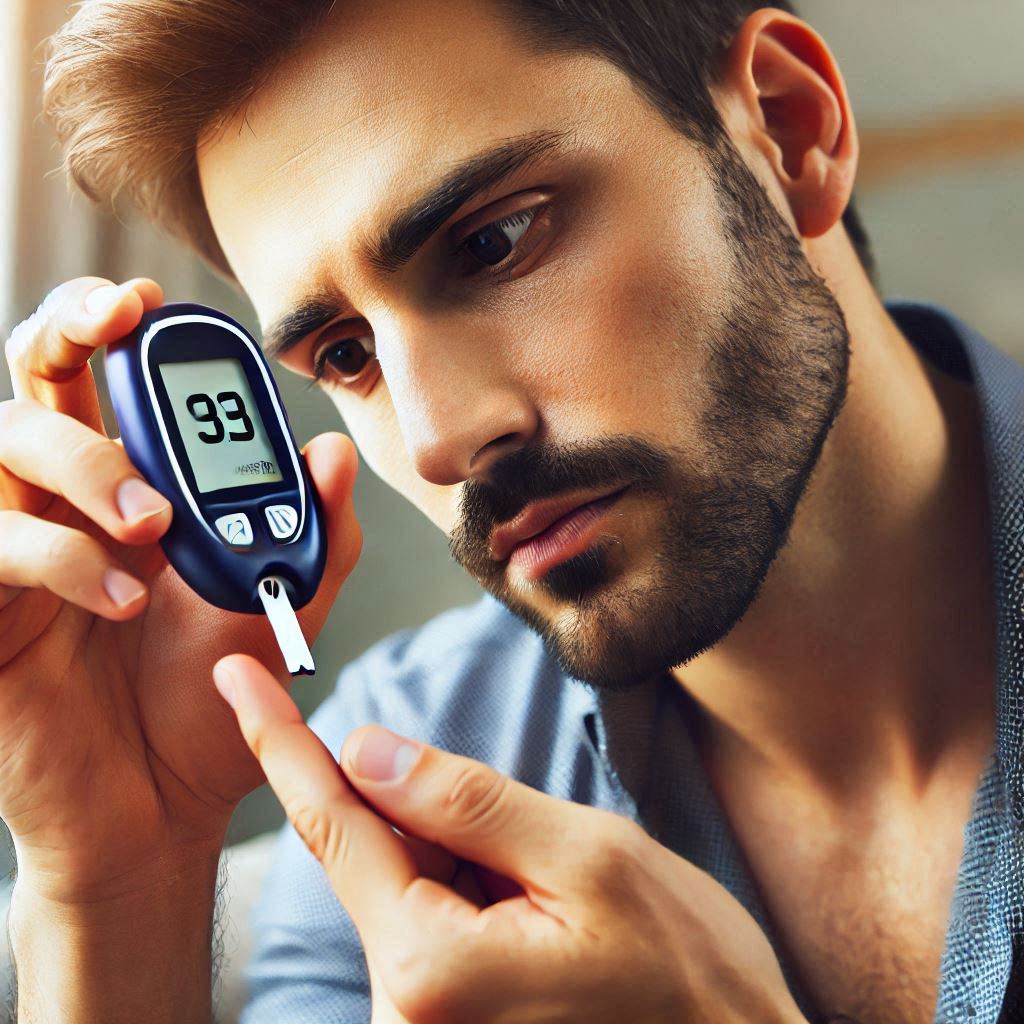Why Diabetes Is A Devastating Vascular Disease
Diabetes is widely recognized as a metabolic disorder, but its profound impact on the vascular system makes it much more than just a sugar-related condition. Understanding the connection between diabetes and vascular health is essential for patients, caregivers, and medical professionals. Let’s delve into why diabetes is classified as a vascular disease and how it affects the body.
Table of Contents
What is Diabetes?
Diabetes is a chronic condition that affects how the body processes blood glucose (sugar). The two primary types are:
- Type 1 Diabetes: An autoimmune disorder where the body’s immune system attacks insulin-producing cells in the pancreas.
- Type 2 Diabetes: A condition characterized by insulin resistance and often linked to lifestyle factors like obesity, poor diet, and inactivity.
While these types differ in origin, both result in elevated blood sugar levels, which, over time, can damage various organs and systems, including the vascular system.
How Diabetes Impacts the Vascular System
High Blood Sugar and Blood Vessels
Chronic hyperglycemia (high blood sugar) is the hallmark of diabetes. Elevated glucose levels damage the blood vessels in several ways:
- Glycation of Proteins: Excess glucose binds to proteins in the blood vessel walls, making them less flexible and more prone to damage.
- Oxidative Stress: High glucose levels increase the production of free radicals, which damage cells and tissues.
- Inflammation: Persistent hyperglycemia triggers inflammation, which accelerates vascular injury.

Microvascular Complications
Microvascular complications affect the small blood vessels and are some of the earliest signs of diabetes-related vascular damage. These include:
- Diabetic Retinopathy: Damage to the blood vessels in the retina, leading to vision problems and potentially blindness.
- Diabetic Nephropathy: Impaired blood flow in the kidneys, which can lead to kidney failure.
- Diabetic Neuropathy: Damage to the blood vessels supplying nerves, resulting in pain, numbness, and tingling, particularly in the extremities.
Macrovascular Complications
Macrovascular complications involve larger blood vessels and are responsible for the increased risk of cardiovascular disease in diabetic patients. Key conditions include:
- Coronary Artery Disease (CAD): Narrowing or blockage of the coronary arteries, leading to heart attacks.
- Peripheral Artery Disease (PAD): Reduced blood flow to the limbs, causing pain and increasing the risk of ulcers and infections.
- Stroke: Blockage or rupture of blood vessels in the brain, leading to ischemic or hemorrhagic strokes.
Why Diabetes is Considered a Vascular Disease
The vascular complications associated with diabetes are not merely side effects but integral to the disease process. This is why diabetes is increasingly viewed as a vascular disorder:
- Universal Vascular Impact: Both small and large blood vessels are universally affected by chronic hyperglycemia.
- Endothelial Dysfunction: The endothelium, the inner lining of blood vessels, becomes damaged in diabetes, disrupting normal vascular function.
- Systemic Effects: The vascular impact of diabetes is systemic, affecting nearly every organ in the body.
Preventing Vascular Complications in Diabetes
Blood Sugar Control
Maintaining blood sugar levels within a target range is the cornerstone of preventing vascular complications. Strategies include:
- Monitoring blood glucose regularly.
- Using medications like insulin or oral antidiabetic drugs as prescribed.
- Following a balanced diet rich in fiber and low in simple carbohydrates.
Lifestyle Modifications
Healthy lifestyle choices play a crucial role in reducing vascular risks:
- Regular Exercise: Improves insulin sensitivity and promotes cardiovascular health.
- Weight Management: Reduces the burden of insulin resistance.
- Smoking Cessation: Smoking exacerbates vascular damage and should be avoided.
Related: Ketogenic Diet: Understanding Its Benefits and Challenges
Routine Screening and Medical Care
Early detection of vascular complications is vital:
- Annual eye exams to check for retinopathy.
- Regular kidney function tests to monitor for nephropathy.
- Cardiovascular assessments to detect early signs of CAD or PAD.
Conclusion
Understanding diabetes as a vascular disease emphasizes the importance of comprehensive care that goes beyond glucose management. Addressing the vascular impact of diabetes through prevention, early detection, and treatment can significantly improve outcomes for patients. By recognizing its systemic effects, we can better equip ourselves to manage and mitigate the challenges posed by this complex condition.





